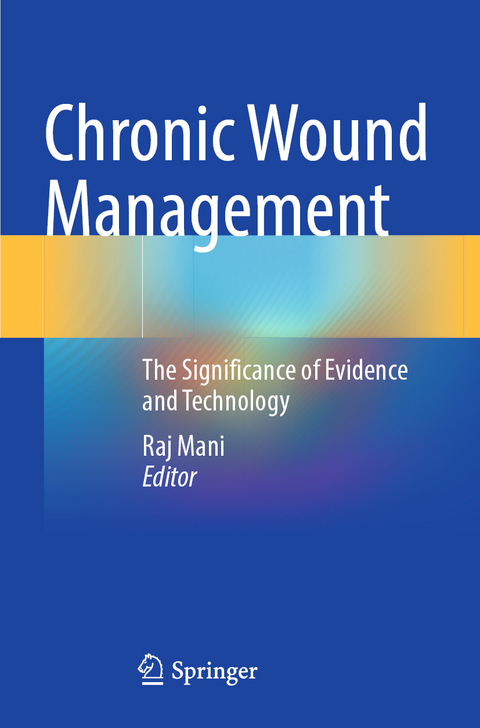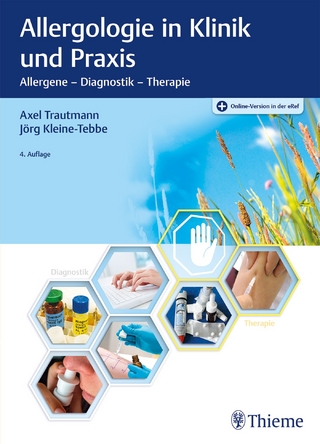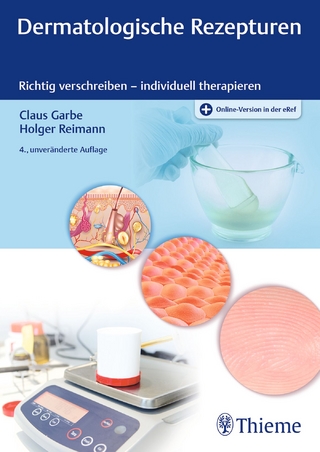
Chronic Wound Management
Springer International Publishing (Verlag)
978-3-031-26112-1 (ISBN)
The past decades have yielded reliable evidence-based guidelines and standardized care, but the healing of diabetic foot wounds continues to be unpredictable notwithstanding these advances, while the recurrence rates are also high. The benefits of technology in wound diagnosis are evidence-based and the use of this technology also features in guidelines. However, the same argument cannot be extended to adjuvant devices to facilitate wound closure even though many devices potentially benefit wound healing.
Chronic Wound Management describes how innovation is based on technology that itself informs evidence, the gap between the evidence available, the performance of technology and how do we bridge this gap. It reviews the lessons learnt from the COVID-19 pandemic and whether traditional medicine systems offer us real or imaginary benefits. Consequently, this book is an important addition to the literature in the area and an essential read for all healthcare professionals working with these patients.
Raj Mani has substantial experience in research and clinical management of chronic wounds; his early work was focused on perfusion and tissue oxygenation which contributed initially to the diagnosis and subsequently to the management of wounds. This work interfaced first with developments in other centers and then with the Cochrane Wounds Group, which led to the establishment of a sound literature-base to mark the start of evidence based wound management. In recent years, he with international peers drew up guidelines for optimizing the use of technology in wound management. This book will address existing gaps in management and discuss probable causes and offer remedies for such gaps.
Dr Mani has contributed to the advancement of wound management through publications in journals, book chapters and books: Raj also initiated the publication of a journal - the International Journal of Lower Extremity Wounds (IJLEW) - of which he was the Editor-in-Chief till 2018. IJLEW whichwas followed by another couple of journals (also from the UK) and books in this field formed a platform from which better clinical management and research from practice developed. This benefited practitioners (Tissue Viability Nurses, Podiatrists, doctors-in-training) as well as Specialists.
Dr Mani worked mostly from the UK though his contributions have been recognized in Asia including China as well as in Europe and USA (through activities of professional societies.
Foreword.- Introduction.- The role of technology in managing vascular wounds.- The diabetic foot its complications and the mantra for change.- Adjuvants in wound care: Biologic transducers in wound healing.- Adjuvants in wound care: Physical, Electromagnetic, biologic devices.- Role of plant products in wound healing.- Pressure ulcers.- Atypical wounds and wounds resulting from Infection.- Biofilms and impaired wound healing.- Update on technology and evidence-based management of scars.- Surgical Flaps in wound healing.- Wound imaging.- Translation of wound devices into practice.- Chronic wound pain.
| Erscheinungsdatum | 30.04.2024 |
|---|---|
| Zusatzinfo | VI, 313 p. 60 illus., 54 illus. in color. |
| Verlagsort | Cham |
| Sprache | englisch |
| Maße | 155 x 235 mm |
| Themenwelt | Medizin / Pharmazie ► Medizinische Fachgebiete ► Dermatologie |
| Schlagworte | Adjuvants in wound care • Biofilms • chronic wound pain • Evidence-based wound care • scar management • Surgical Flaps • Translation |
| ISBN-10 | 3-031-26112-7 / 3031261127 |
| ISBN-13 | 978-3-031-26112-1 / 9783031261121 |
| Zustand | Neuware |
| Haben Sie eine Frage zum Produkt? |
aus dem Bereich


